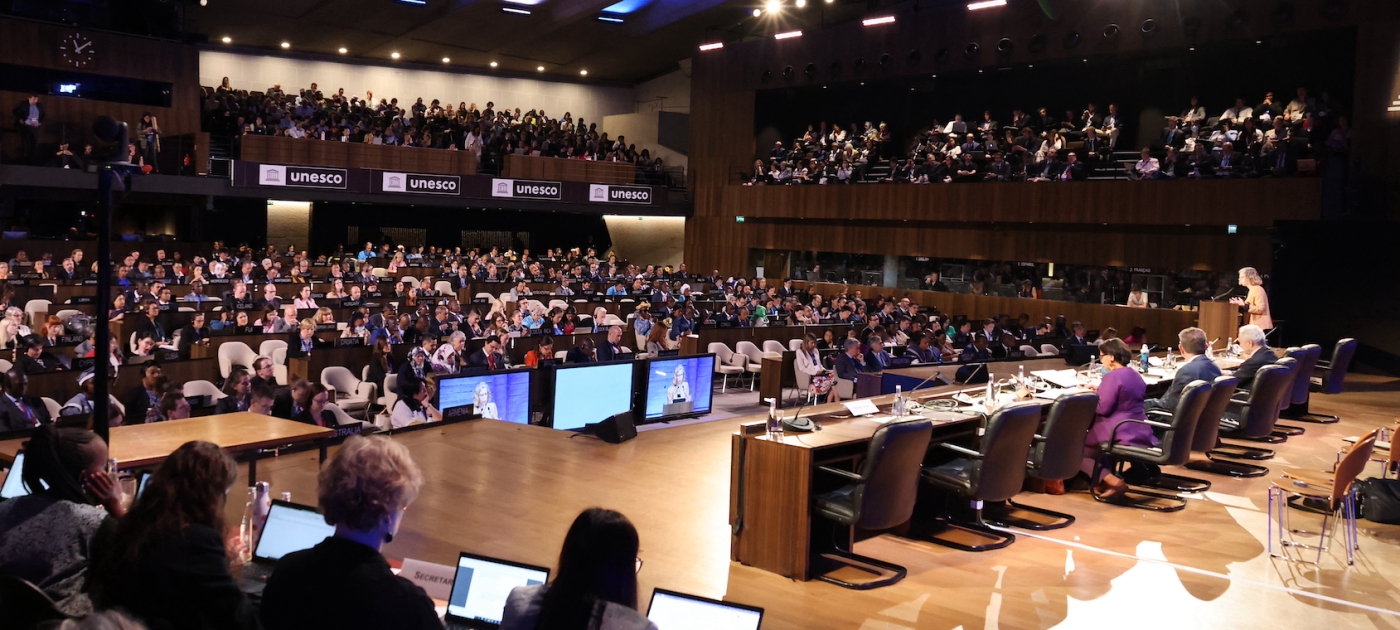
Egypt taking major strides towards green growth, SDGs..Recommended future actions
Advancing towards a green economy has received significant traction as part of Egypt’s commitment to ...

Executive Director of the United Nations Environment Program (UNEP) Inger Andersen said it is all about “redesign” of products, packaging and systems to combat plastic pollution.
Addressing the second meeting of the intergovernmental negotiating committee (INC-2), she called for redesigning products to use less plastic – particularly unnecessary and problematic plastics, referring to the use of micro and nano plastics in so many hygiene and beauty products.
She also urged redesigning product packaging and product shipping to use less plastic as well as redesigning systems and products for reuse and recyclability.
Recycled polymer must become a valuable material, prized by companies, households and governments, she highlighted.
She also called for redesign the broader system for justice. “As we roll out redesign of our waste management system, and as we roll out Extended Producer Responsibility schemes, we must ensure that we redesign for justice. For the workers in the informal waste sector, for the waste pickers, who amount to a total of some 20 million people. We must include the voices of indigenous people and other marginalized communities. These groups deserve decent jobs and the fulfilment of the right to a clean, healthy and sustainable environment, now enshrined by the UN General Assembly. This agreement must deliver for them.”
“My point here is that plastic has been the default option in design for too long. Disposability has been the default option in design for too long. Leaving poor communities to eke out a living from the plastic scraps others leave behind has been the default option for too long. It is time for chemists, manufacturers and process engineers to get creative. It is time for governments to get creative. It is time for consumers to get creative,” she highlighted.
“A full market transformation – backed by policy, transparency and regulatory change – could virtually eliminate plastic pollution by 2040. Reduce the pressure on recycling and waste management systems, so they can cope. There are huge potential savings for the private and the public sectors, including through reduced social, environmental and human health costs. Reduced greenhouse gas emissions,” Andersen added.
“We must also act on legacy pollution. Huge amounts of plastic have accumulated in the environment. Some plastics will continue to fail the circularity test over the next 20 years. A coordinated effort to stop pollution at source, while investing in waste management, clean-up and consumption patterns, can help address this toxic trail,” she said.
“It will take leadership to deliver – while ensuring a just transition for workers in the informal waste sector and everybody involved in the plastics industry,” Andersen added.
“The private sector must be part of the solution. To this key group I would say: do not wait for the agreement. If transforming the plastics industry is a good idea under the agreement – and it is – it is also a good idea now. It is a no-regrets strategy. Yes, engage fully in the INC process, but start innovating your way away from plastic pollution immediately,” she said.
Advancing towards a green economy has received significant traction as part of Egypt’s commitment to ...
The US has sustained 403 separate weather and climate disasters in 2024 at total cost ...
The World Bank priced a 10-year euro-denominated benchmark bond maturing in January 2035, raising EUR ...


اترك تعليقا